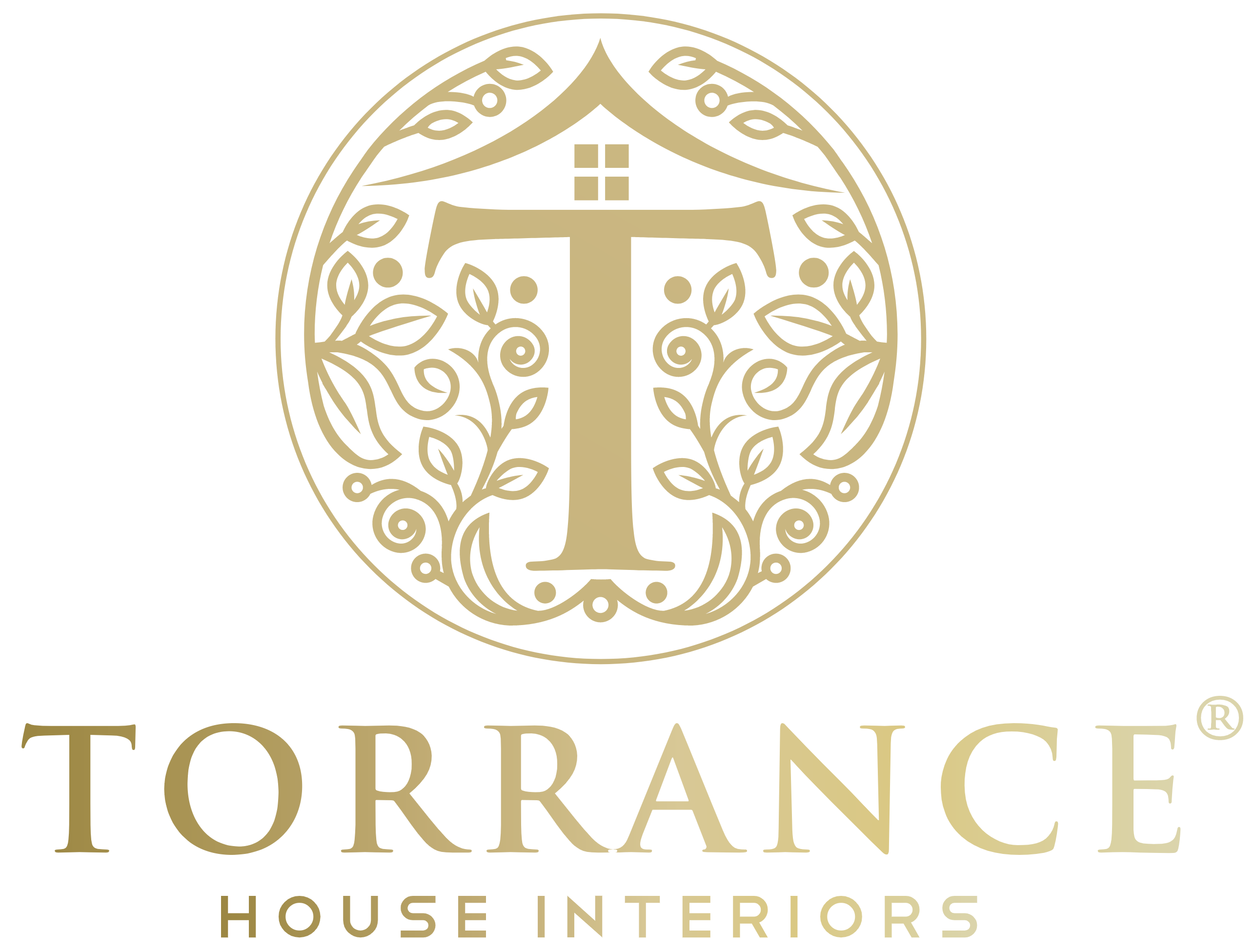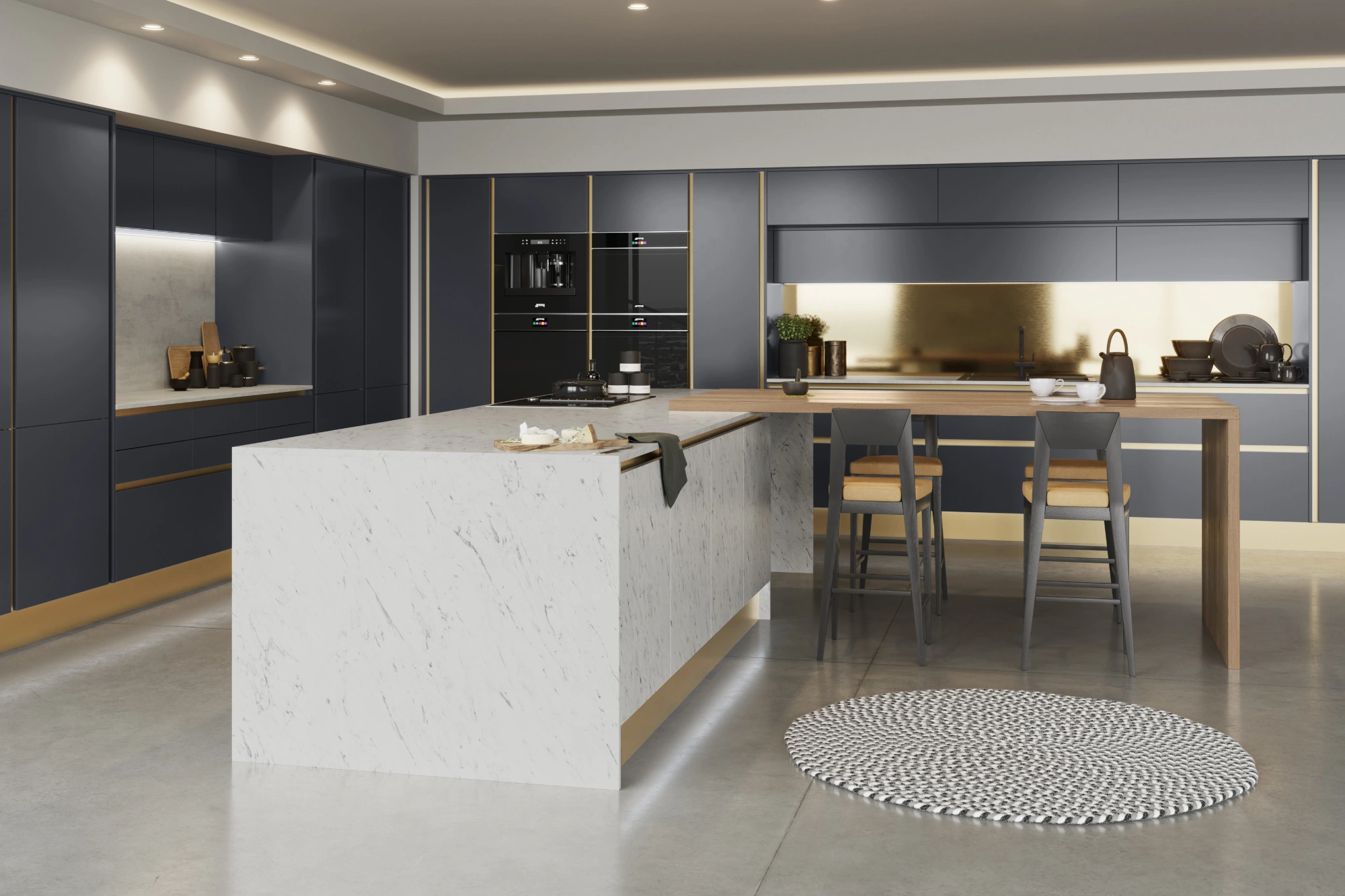
Discover the elegance and functionality of minimalist kitchen designs that exude simplicity and style.
Minimalist design principles are all about simplicity and functionality. It involves stripping away unnecessary elements and focusing on clean lines and a clutter-free space. By understanding the core principles of minimalist design, you can create a kitchen that is both stylish and practical.
One key principle of minimalist design is to prioritise function over form. This means that every element in your kitchen should serve a purpose and contribute to the overall efficiency of the space. By eliminating unnecessary items and maximising functionality, you can create a kitchen that is both aesthetically pleasing and highly practical.
Another important principle of minimalist design is to emphasise clean lines and geometric shapes. This can be achieved through the use of sleek cabinets, countertops, and appliances that have a streamlined and minimalist aesthetic. By choosing these types of elements, you can create a kitchen that feels modern and sophisticated.
In addition, minimalist design often incorporates open and uncluttered spaces. This means that you should aim to keep your countertops and surfaces clear of unnecessary items. By doing so, you can create a sense of openness and allow the design elements of your kitchen to shine.
Overall, understanding the principles of minimalist design is key to creating a kitchen that is both sleek and stylish. By prioritising functionality, emphasising clean lines, and embracing open spaces, you can achieve a minimalist kitchen design that exudes simplicity and style.
When it comes to minimalist kitchen designs, neutral colour palettes are often favoured. These colours create a sense of calmness and simplicity, which are hallmarks of minimalist design. By incorporating neutral colours into your kitchen, you can create a space that feels timeless and sophisticated.
One popular choice for a neutral colour palette in a minimalist kitchen is a combination of white and grey. This colour scheme creates a clean and crisp look that is both modern and elegant. You can use white for the cabinets and walls, and grey for the countertops and backsplash to create a cohesive and harmonious design.
Another option for a neutral colour palette is to use shades of beige and taupe. These colours create a warm and inviting atmosphere in the kitchen while still maintaining a minimalist aesthetic. You can incorporate these colours through the use of natural wood finishes, textured tiles, or even painted walls.
In addition to neutral colours, you can also consider adding pops of colour as accents in your minimalist kitchen. This can be done through the use of colourful accessories, such as vibrant dishware or a colourful rug. By adding these small touches, you can inject personality into your kitchen while still maintaining the overall minimalist design.
Overall, incorporating neutral colour palettes is a key element of minimalist kitchen designs. By choosing colours that create a sense of simplicity and calmness, you can create a space that is both timeless and stylish.
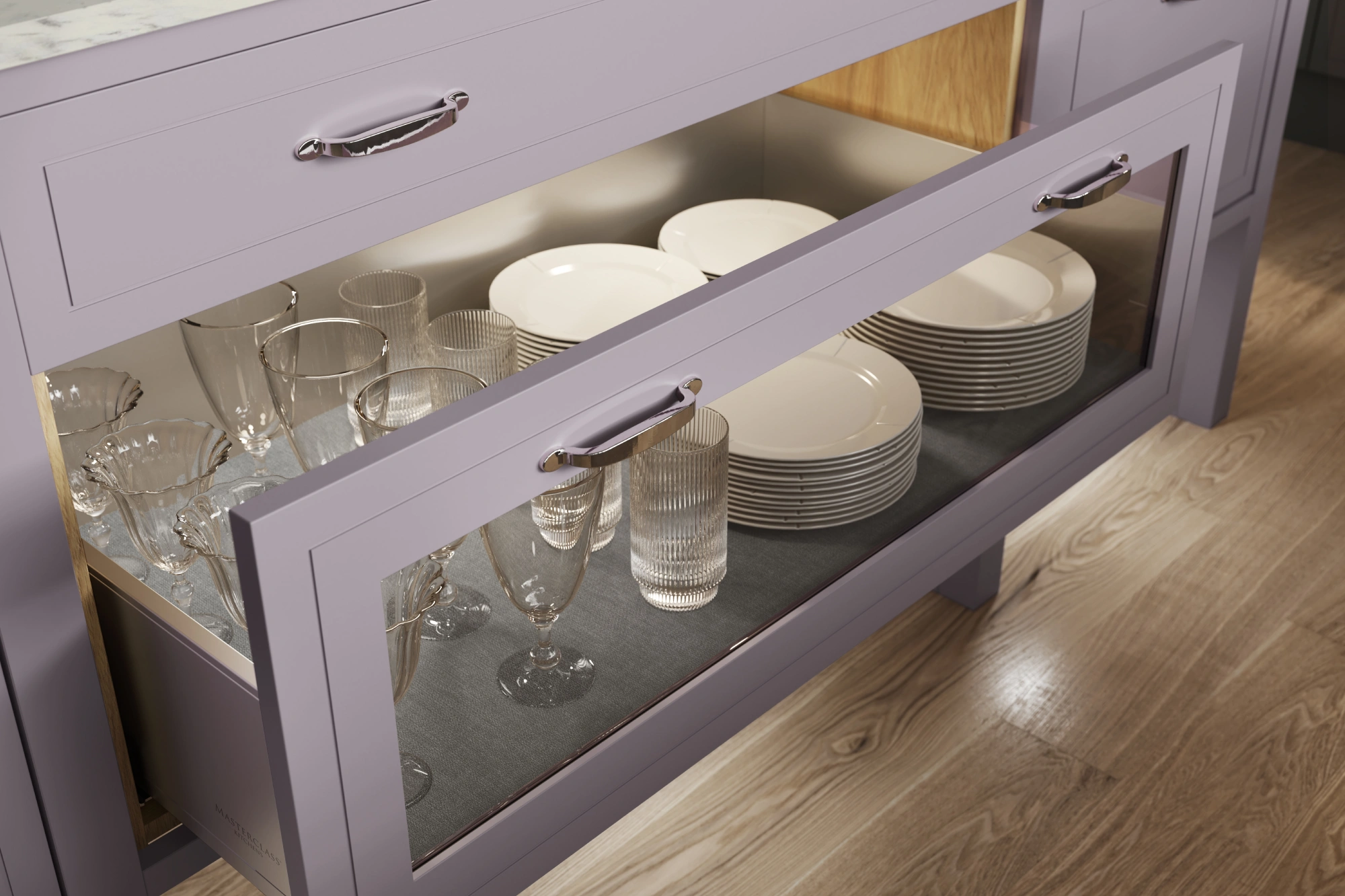
In a minimalist kitchen, optimising storage solutions is essential to maintain a clutter-free and organised space. By maximising storage options, you can ensure that everything has its place and that your kitchen remains functional and efficient.
One way to optimise storage in a minimalist kitchen is to utilise vertical space. This can be done by installing tall cabinets (https://www.masterclasskitchens.co.uk/kitchen-storage/the-connery) that reach the ceiling, or by incorporating open shelving that allows you to display and store items in a visually appealing way. By utilising vertical space, you can make the most of your kitchen’s storage potential.
Another important aspect of optimising storage in a minimalist kitchen is to declutter and only keep essential items. By getting rid of unnecessary gadgets, utensils, and appliances, you can free up valuable storage space and create a more streamlined and organised kitchen. Consider donating or selling items that you no longer use to further declutter your space.
Additionally, incorporating hidden storage solutions can help maintain a minimalist aesthetic while still providing ample storage space. This can be achieved through the use of built-in cabinets with concealed handles or pull-out drawers that allow you to store items out of sight. By keeping your countertops and surfaces clear of clutter, you can create a kitchen that feels open and spacious.
Overall, optimising storage solutions is crucial in a minimalist kitchen. By utilising vertical space, decluttering, and incorporating hidden storage options, you can create a kitchen that is both functional and visually appealing.
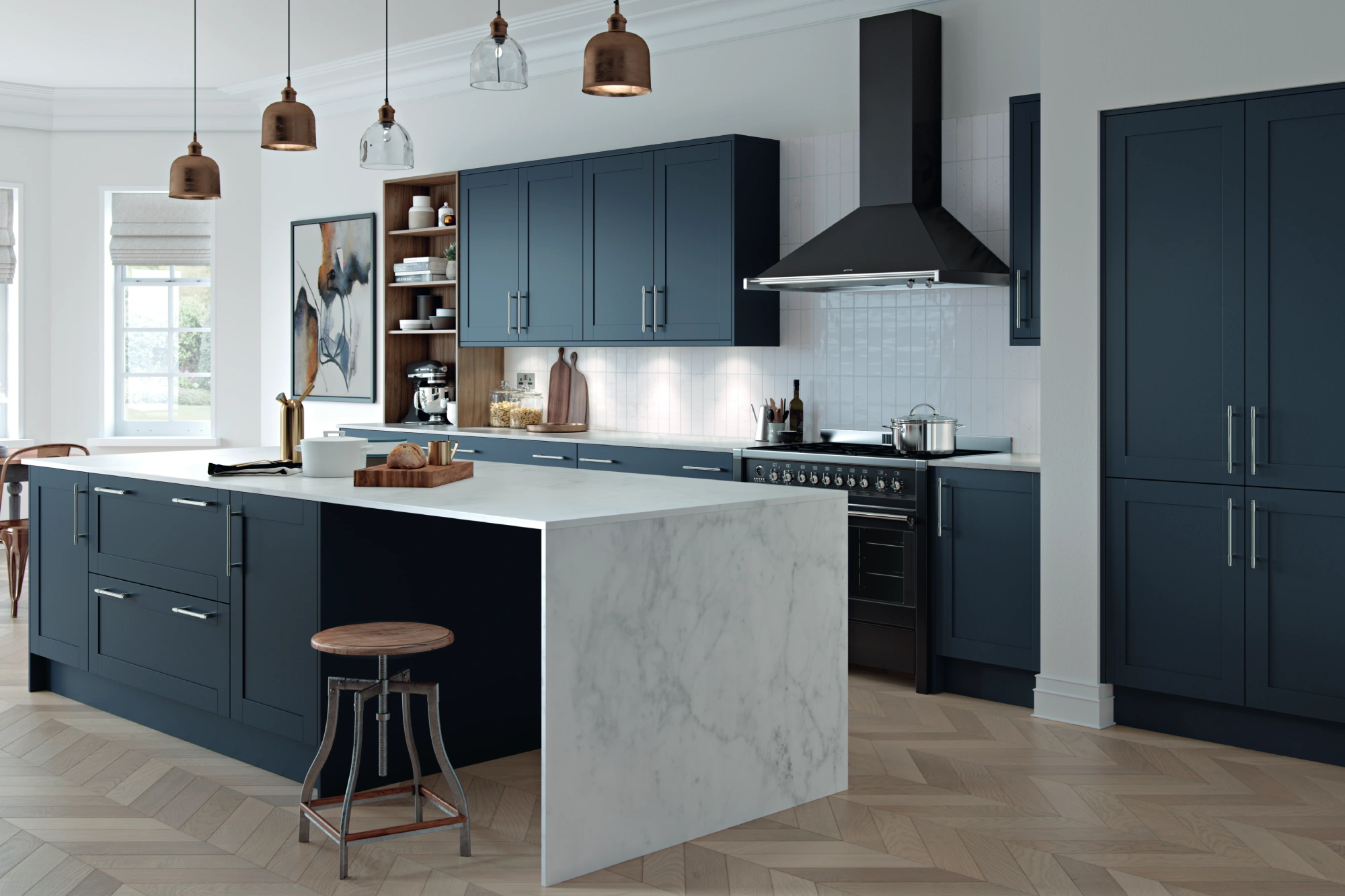
Clean lines and sleek surfaces are key elements of minimalist kitchen designs. By embracing these design features, you can create a kitchen that feels modern, sophisticated, and visually appealing.
One way to embrace clean lines in a minimalist kitchen is through the use of sleek cabinets. Choose cabinets with simple and straight lines, and avoid any ornate or decorative details. This will create a streamlined look that is both elegant and minimalist.
In addition to cabinets, you can also incorporate clean lines through the choice of countertops and splashbacks. Opt for materials such as quartz or stainless steel that have a smooth and sleek appearance. These materials not only look stylish, but they are also easy to clean and maintain.
Another way to embrace clean lines and sleek surfaces is through the use of integrated appliances. Built-in appliances that blend seamlessly with the cabinetry create a cohesive and minimalist look. Choose appliances with smooth surfaces and minimalistic designs to achieve the desired aesthetic.
Overall, embracing clean lines and sleek surfaces is essential in creating a minimalist kitchen design. By choosing simple and straight lines for cabinets, countertops, and appliances, you can achieve a modern and sophisticated look.
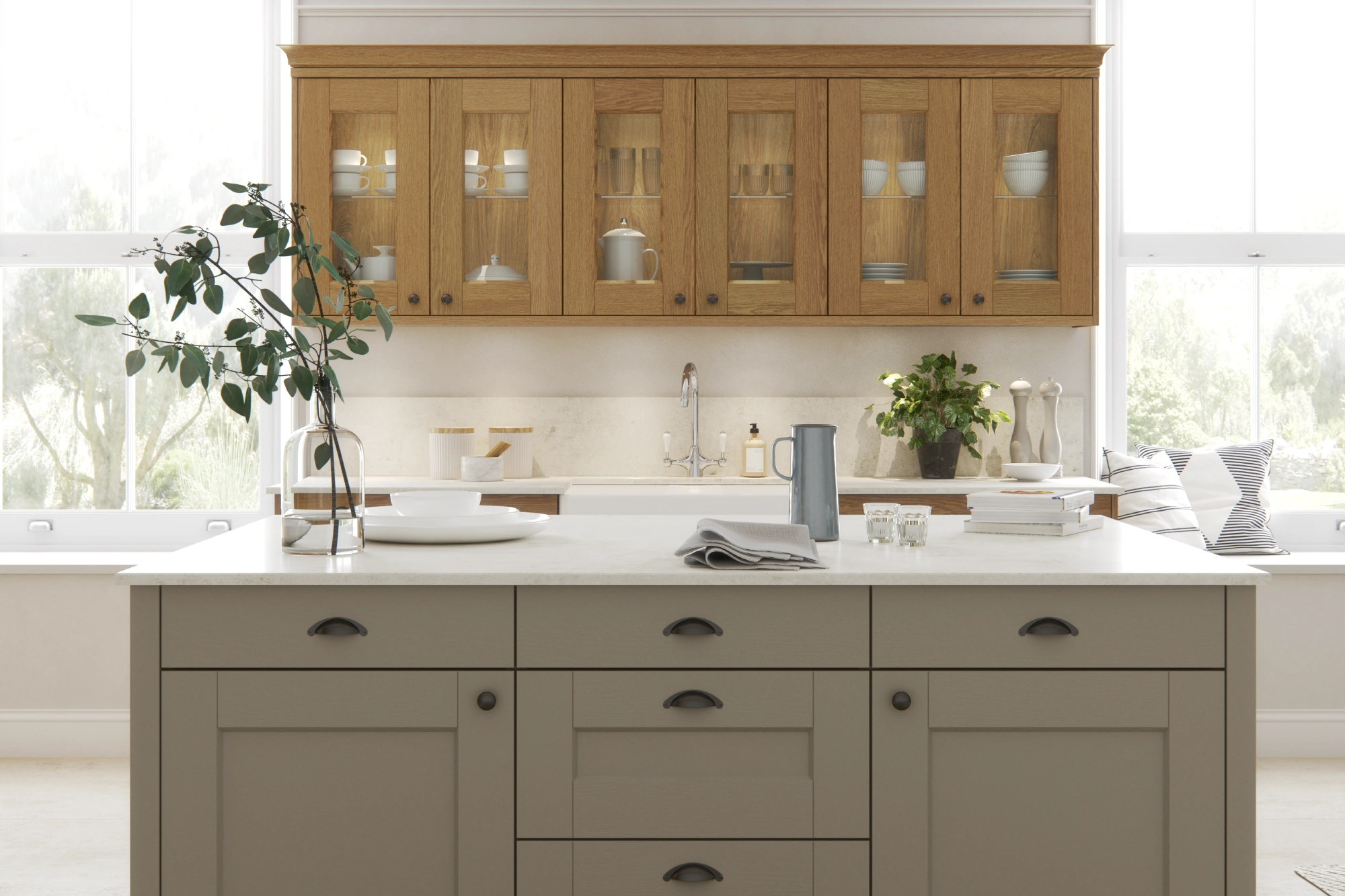
While minimalist kitchen designs often prioritise simplicity and clean lines, adding warmth with natural elements can help create a more inviting and cozy atmosphere.
One way to add warmth with natural elements is through the use of wood finishes. Consider incorporating natural wood cabinets, flooring, or even a wooden kitchen island. This will add a touch of warmth and natural beauty to your kitchen while still maintaining a minimalist aesthetic.
In addition to wood, you can also incorporate natural elements through the use of plants and greenery. Adding a few potted plants or herbs can bring life and freshness to your kitchen. Choose low-maintenance plants that thrive in indoor environments to ensure easy upkeep.
Another way to add warmth is through the use of natural materials such as stone or concrete. Consider incorporating a stone worktop or a concrete backsplash to add texture and visual interest to your kitchen. These materials also have a timeless appeal that complements the minimalist design.
Overall, adding warmth with natural elements is a great way to soften the clean lines and simplicity of a minimalist kitchen. By incorporating wood finishes, plants, and natural materials, you can create a space that feels inviting and cozy.
info@torrancehouseinteriors.com
By Emma D – 04/05/24
| Cookie | Duration | Description |
|---|---|---|
| cookielawinfo-checkbox-analytics | 11 months | This cookie is set by GDPR Cookie Consent plugin. The cookie is used to store the user consent for the cookies in the category "Analytics". |
| cookielawinfo-checkbox-functional | 11 months | The cookie is set by GDPR cookie consent to record the user consent for the cookies in the category "Functional". |
| cookielawinfo-checkbox-necessary | 11 months | This cookie is set by GDPR Cookie Consent plugin. The cookies is used to store the user consent for the cookies in the category "Necessary". |
| cookielawinfo-checkbox-others | 11 months | This cookie is set by GDPR Cookie Consent plugin. The cookie is used to store the user consent for the cookies in the category "Other. |
| cookielawinfo-checkbox-performance | 11 months | This cookie is set by GDPR Cookie Consent plugin. The cookie is used to store the user consent for the cookies in the category "Performance". |
| viewed_cookie_policy | 11 months | The cookie is set by the GDPR Cookie Consent plugin and is used to store whether or not user has consented to the use of cookies. It does not store any personal data. |
